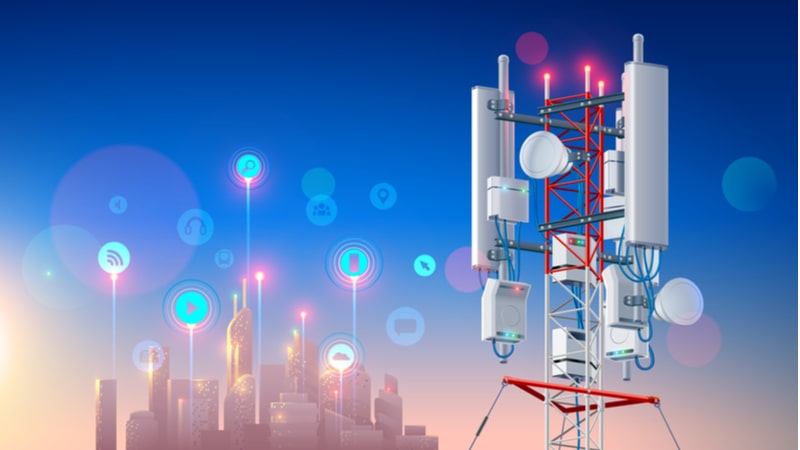
Reps. Anna G. Eshoo, D-Calif., and Adam Kinzinger, R-Ill., reintroduced the Understanding Cybersecurity of Mobile Networks Act in the House on Tuesday in an effort to ensure the security of existing wireless networks.
The bipartisan bill would require the National Telecommunications and Information Administration (NTIA), an agency within the Commerce Department, to submit a report to Congress “examining the cybersecurity of existing wireless networks (2G, 3G, and 4G) and vulnerabilities to cyberattacks and surveillance by adversaries.”
“I’m proud to introduce the Understanding Cybersecurity of Mobile Networks Act to give policymakers a better understanding of the state of the cybersecurity in our wireless networks, which is a matter of national security,” Rep. Eshoo said in a press release. “While 5G is inherently more secure than older networks, most of our calls, texts, and data traverse on 2G, 3G, and 4G networks. We lack a full picture of the vulnerabilities across those networks that Americans use every single day. This bipartisan bill takes important steps to ensure our wireless networks are safe to protect the privacy and security of the American people.”
Rep. Kinzinger acknowledged it has been “complicated” to organize the United States’ spectrum airwaves. However, he stressed that “as speeds and services continue to advance, concerns over network security rise significantly.”
“The threats and risks to our carriers, to our constituents, and to our national security must be identified and mitigated,” he added. “This is why my colleague Rep. Eshoo and I have introduced the Understanding Cybersecurity of Mobile Networks Act, to make sure we know the vulnerabilities of our mobile service networks and devices— and to help us prevent dangerous cyberattacks from adversaries.”
Rep. Eshoo introduced similar legislation in June 2020, but it died in the House Committee on Energy and Commerce.
